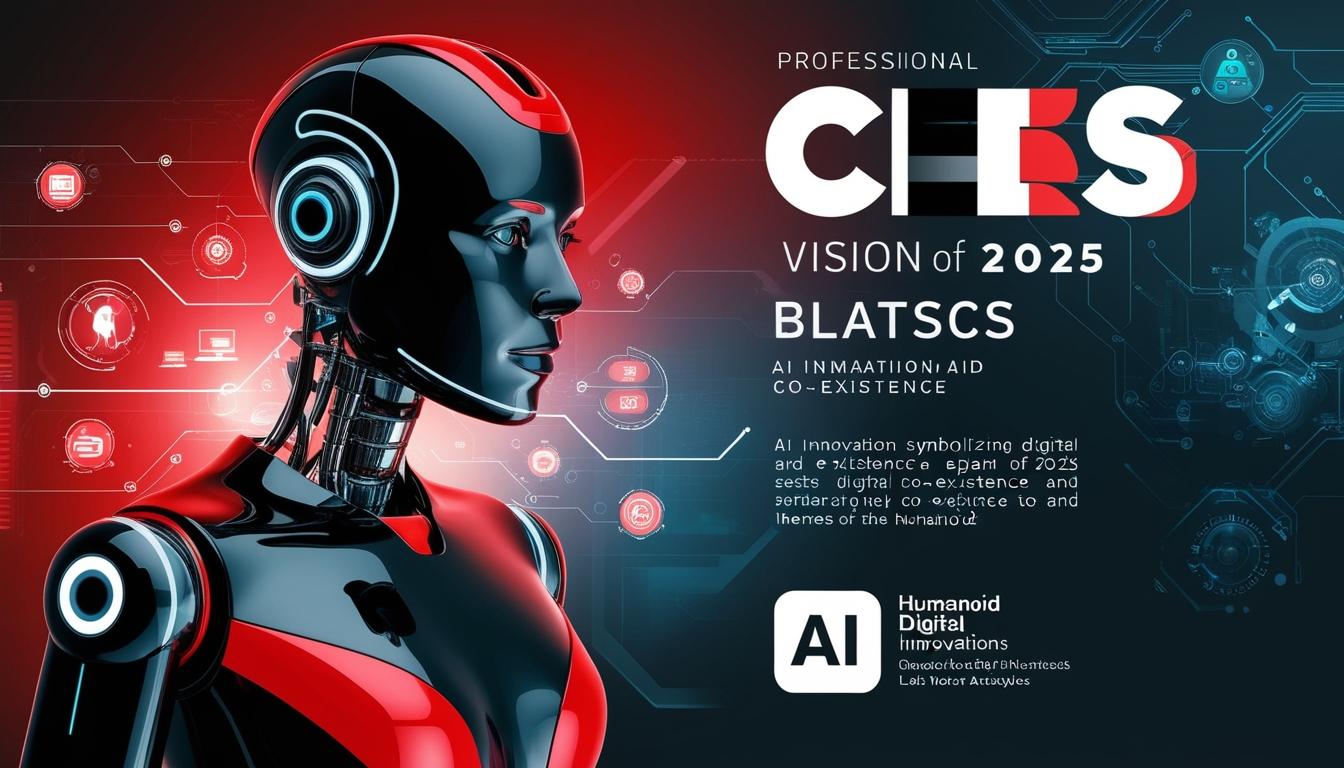CES 2025 commenced on Sunday at the Mandalay Bay Convention Centre in Las Vegas, Nevada, marking a significant event for the consumer technology industry. The Consumer Technology Association (CTA) unveiled its annual tech trends survey and forecast during this trade media event, followed by a sneak preview of innovations showcased at the CES Unveiled event.
During a fireside chat, Brian Comiskey, the senior director of innovation and trends for the CTA, elaborated on the future trajectory of technology, noting a shift towards more human-centric innovation. He remarked, “we are now in an age of digital coexistence,” emphasising that artificial intelligence (AI) has progressed beyond mere hype and is now a tangible presence in various industries. Comiskey also highlighted a renewed focus on obtaining returns on investments in AI technologies.
The CTA presented data underscoring evolving consumer habits, particularly among younger generations. Comiskey noted that Generation Z—individuals born between 1997 and 2012—represents a substantial 32% of the global population. In the United States, approximately 60% of this demographic are identified as early adopters of technology.
Looking ahead to 2025, Comiskey forecasted that total retail revenue within the U.S. tech market would soar to $537 billion. However, he issued a cautionary note, indicating that the introduction of tariffs could result in a significant $190 billion downturn in that revenue figure, potentially affecting business operations across the sector.
Comiskey organised the discussion of technology trends into four main themes: digital co-existence, human security, community, and longevity. The theme of digital co-existence underlines the fundamental role of chips, sensors, and data infrastructure as the backbone of AI innovation. Comiskey pointed out the crucial role of AI agents, digital twins, and humanoid robots in pushing the boundaries of technological advancement. Notably, he highlighted a shift in public perception regarding AI; according to CTA data, 93% of U.S. adults are familiar with generative AI, and 61% unknowingly employ AI tools in their workplaces.
On the topic of human security, Comiskey discussed critical issues such as energy infrastructure, grid resilience, sustainability, and food security. The community theme addressed advancements in mobility, electrification, autonomy, connectivity, and the smart home sector.
Comiskey also identified significant developments within the smart home context, particularly the evolving role of televisions, which are transitioning into command centres for health integration and energy management. This evolution links to the longevity theme, which includes innovations such as precision medicine, remote healthcare, and wearable technologies. He mentioned, “There are increasingly blurred lines between smart home and smart health,” indicating a convergence of these two domains.
Looking further into the future, Comiskey suggested that while the 2020s may be recorded as the 'intelligence decade', the following decade is poised to transform into the 'quantum decade.'
The CES Unveiled event also highlighted specific innovations, including a discussion with SteerLight’s CEO and co-founder about their silicon photonics-based FMCW lidar sensors and their journey since spinning out of CEA-Leti in 2022. Additionally, Thibault Honegger, CEO and co-founder of Netri, elaborated on their organ-on-chip solution designed for pharmaceutical companies that utilise AI for product characterisation.
Further coverage and developments arising from CES 2025 will be featured in EE Times throughout the week.
Source: Noah Wire Services
